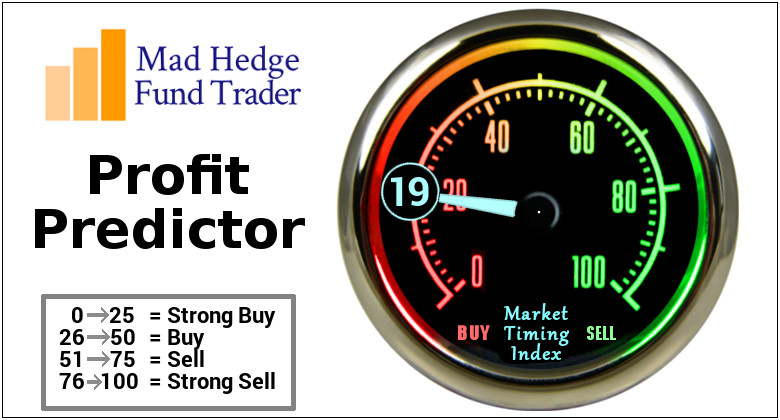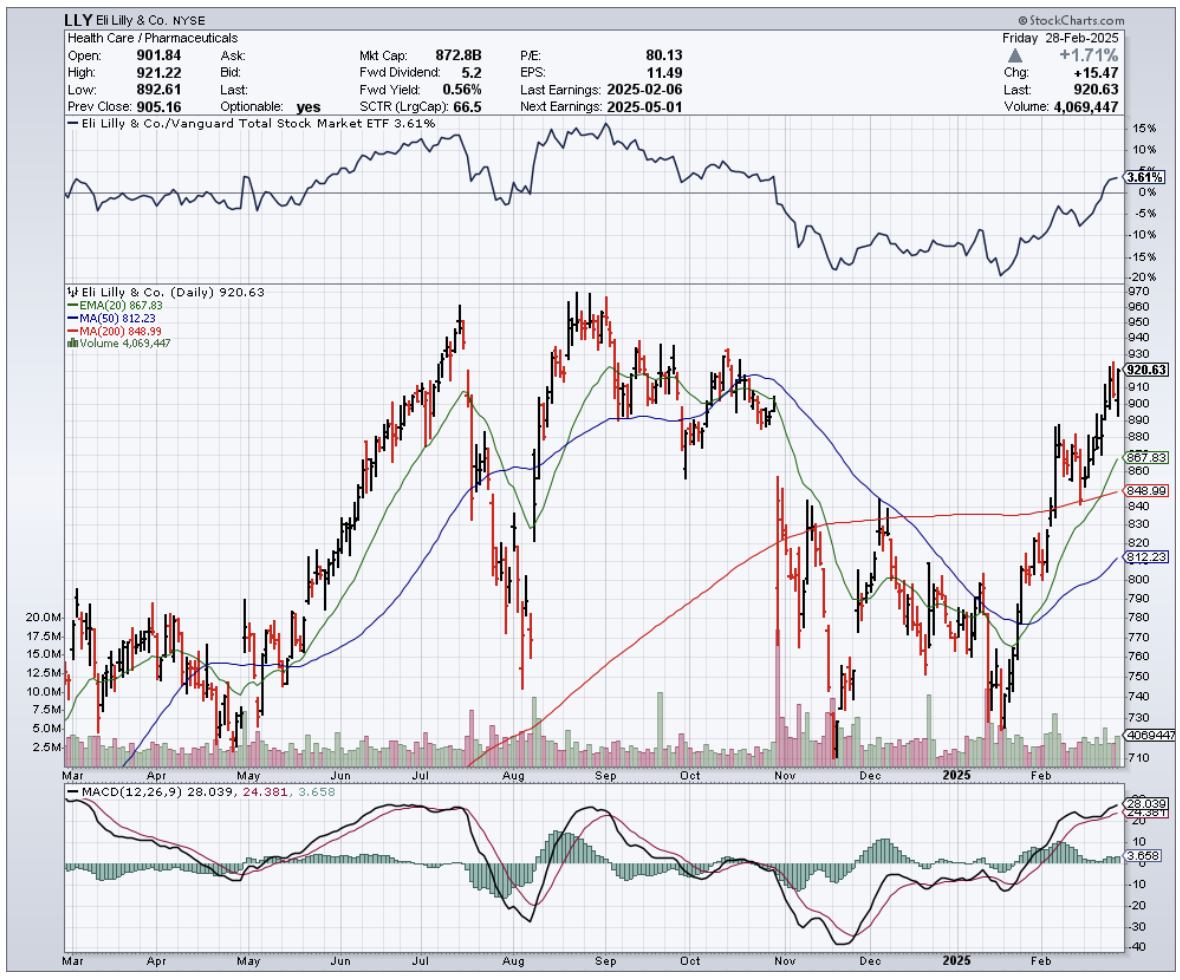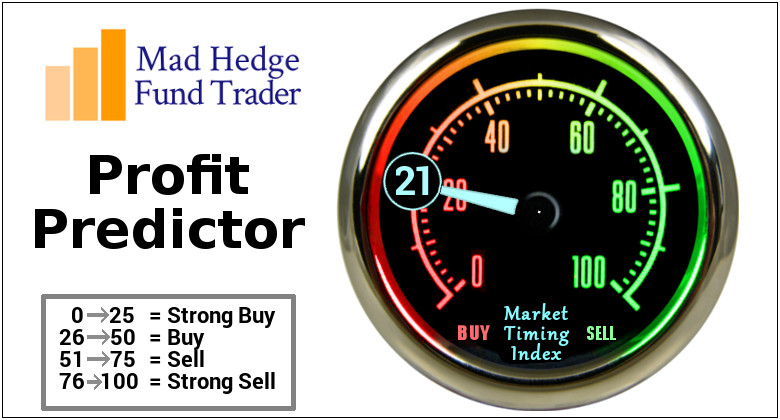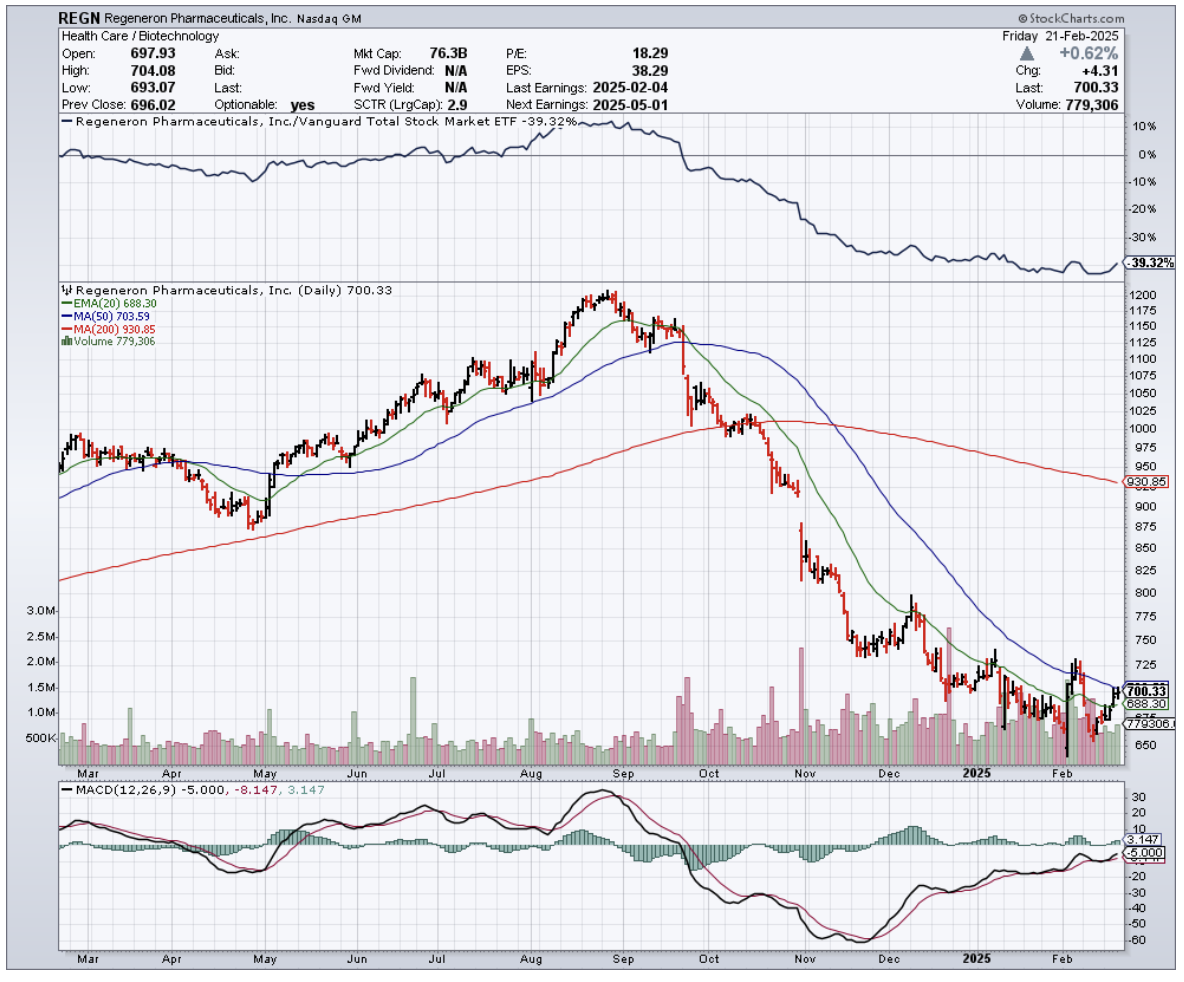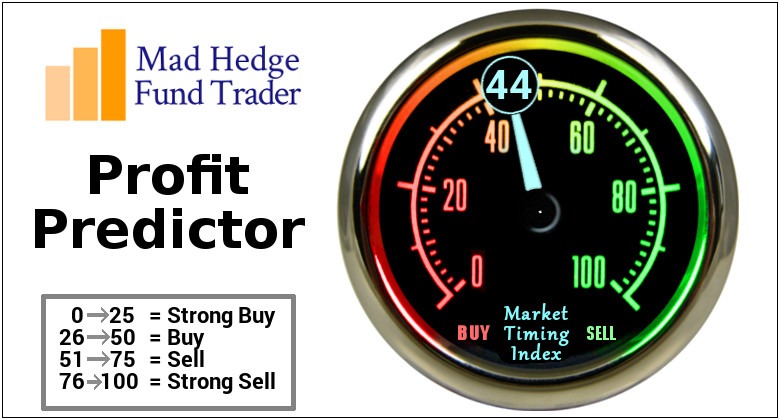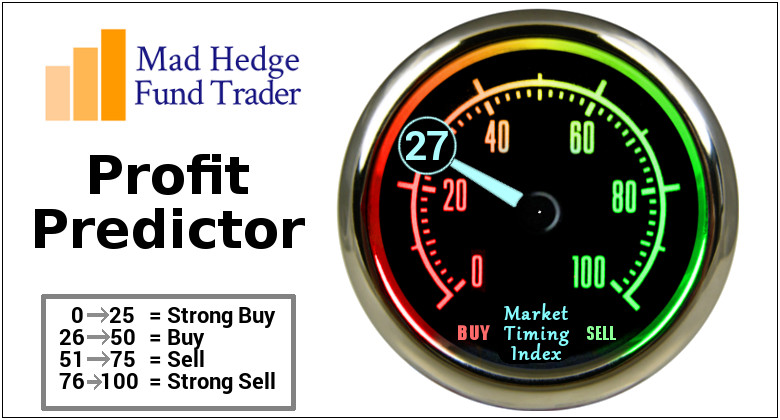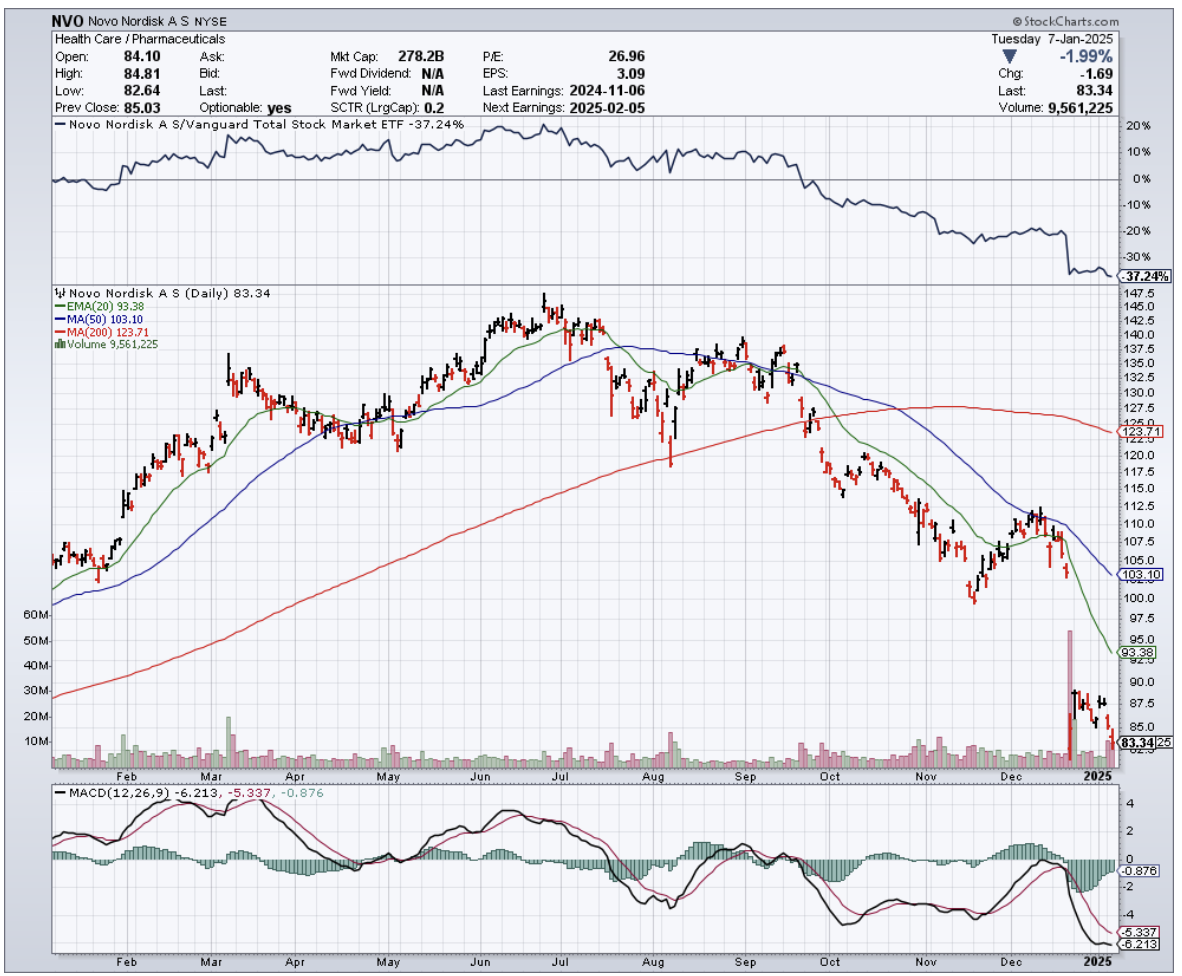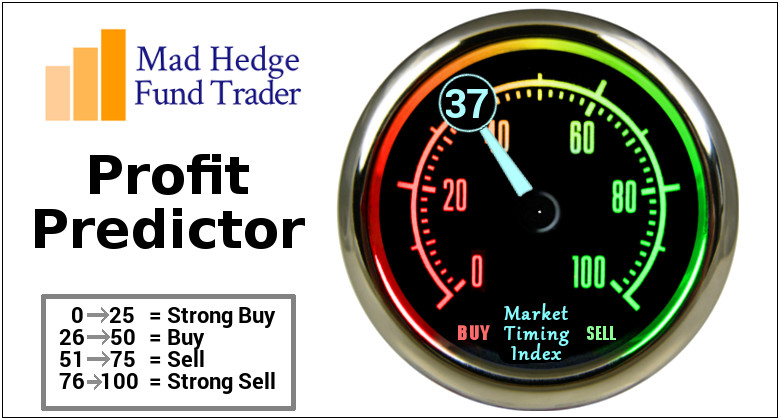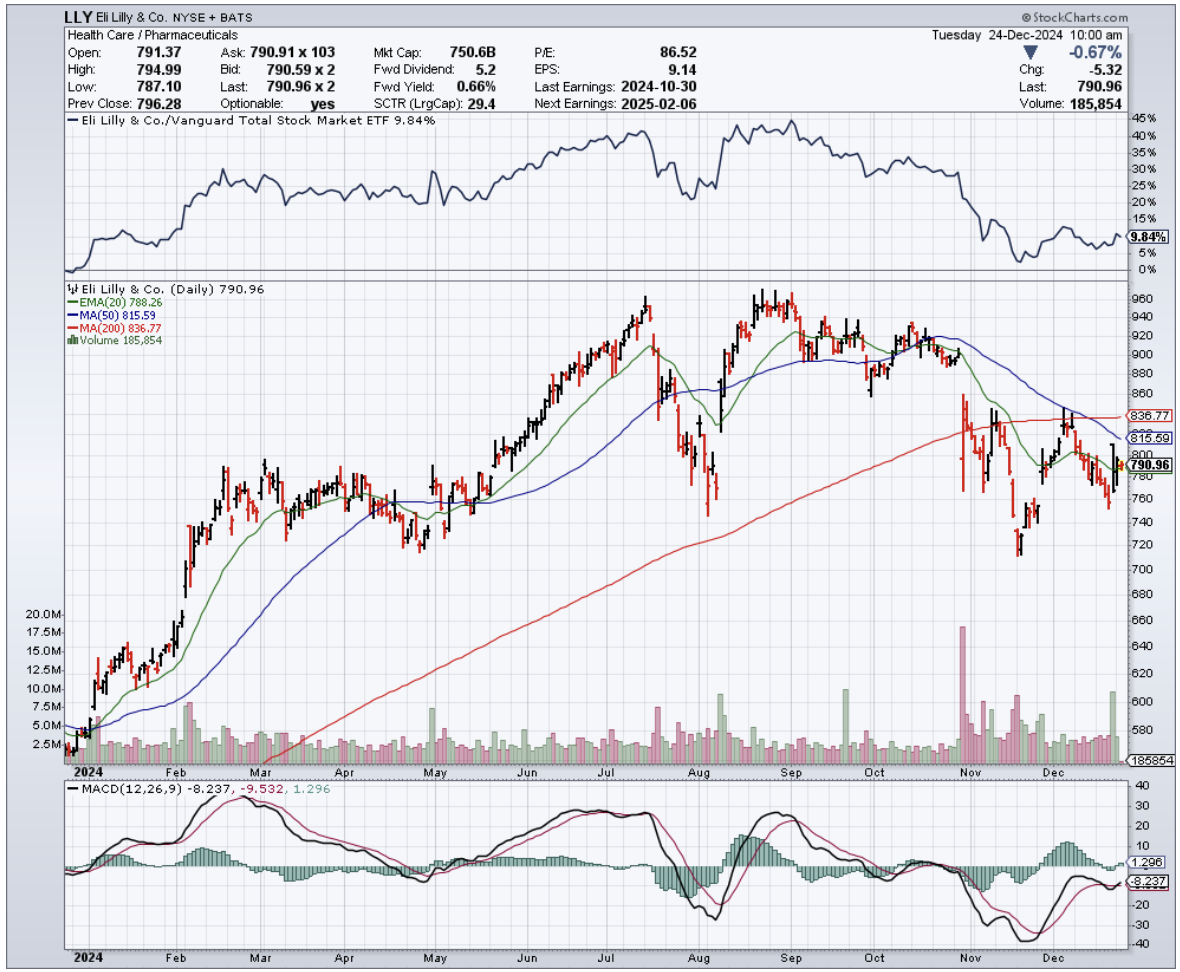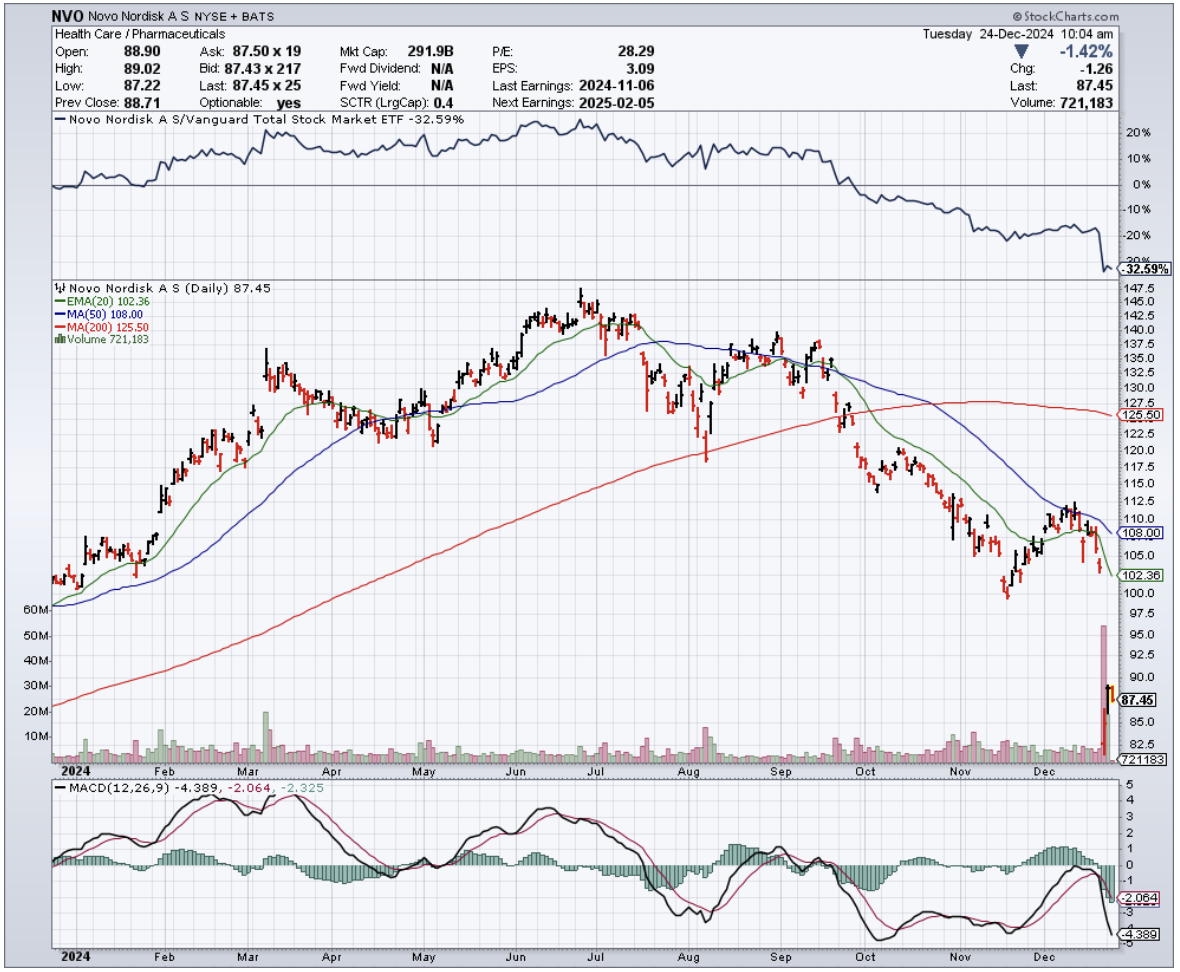Did you know that 100 years ago, the average American lifespan was just 54 years? Today, we're approaching 80.
But what's truly remarkable isn't just that we're living longer—it's that a 36-year-old former Tinder executive named Andrew Dudum is revolutionizing how we access healthcare.
His company, Hims & Hers (HIMS), has exploded from a niche men's health startup into a $1.5 billion healthcare powerhouse in just a few years.
What exactly does HIMS do?
HIMS is transforming healthcare with a tech-first approach. They began by solving embarrassing men's health problems like ED and hair loss through an online platform, but have since built a vertically integrated healthcare powerhouse.
Now they handle everything from virtual doctor's visits and AI-powered diagnostics to personalized medication compounding and doorstep delivery.
All without the patient ever leaving their couch or explaining their problems to three different receptionists. It's healthcare reimagined for the digital age—and patients are flocking to it.
The numbers don't lie. By the end of 2024, they hit 10,000 patient visits per day - that's more than some mid-sized hospitals.
Their subscriber base swelled to 2.2 million, up 45% year-over-year. Even more impressive is that 55% of those subscribers are using at least one personalized solution, not just generic treatments.
What makes HIMS so disruptive is their mastery of the tech playbook that Wall Street has been drooling over for years. They're capturing data at every patient touchpoint and have built one of healthcare's largest proprietary datasets.
My sources tell me they've got over 500,000 square feet of compounding pharmacies and fulfillment centers spread across Ohio, Arizona, and California. These aren't your father's drugstores.
Unlike Teladoc (TDOC) and GoodRx (GDRX), who dabble in AI for basic tasks, HIMS goes much deeper.
They're personalizing treatments, fine-tuning dosages, improving adherence, and creating custom supplement plans. Their AI chatbots handle everything from prescription refills to progress tracking.
I met a guy last week who manages a tech fund in Boston who put it best: "Each new subscriber makes their entire system smarter." That's a competitive moat that gets wider by the day.
Revenue has followed this growth trajectory like a heat-seeking missile. In 2024, the company raked in $1.5 billion, a staggering 69% increase year-over-year. Their Q4 revenue hit $481 million, nearly doubling with a 95% year-over-year increase.
But here's where it gets even more interesting. Their weight loss treatments have been absolute rocket fuel for growth.
Their oral-based offering reached a $100 million revenue run rate within just seven months of launch. And their GLP-1 offering (launched in Q2-24) generated more than $225 million in incremental revenue during 2024 alone.
My friend Janet at the Fed would be impressed by their margins, too.
Adjusted EBITDA margins reached 12% in 2024, with adjusted EBITDA increasing by 160% year-over-year to $54 million in Q4.
They hit their first full year of GAAP profitability with net income of $126 million and strong cash flow of approximately $200 million. That's what I call a healthy business.
But here's the rub. HIMS is betting big—perhaps too big—on weight loss treatments.
They generated $225 million from GLP-1 offerings in 2024 and project $725 million in 2025. That's a massive chunk of revenue hanging on one specialty.
The FDA isn't thrilled about compounded semaglutide, which HIMS relies on. If regulators clamp down, they're in trouble.
Worse, supply is controlled by Novo Nordisk (NVO) and Eli Lilly (LLY), creating a precarious position for HIMS. If insurance coverage expands for branded GLP-1s, patients might flee HIMS' alternatives.
They're trying to pivot to oral therapies and AI coaching, but it's a high-stakes gamble. As my hedge fund buddies would say, that's a lot of eggs in one regulatory basket.
So, what about valuation? There's no getting around it—HIMS is trading at premium multiples: 3.76x forward EV/Sales versus the sector median of 3.19x, an EV/EBITDA of 29.69x compared to 12.12x, and a sky-high forward P/E of 65.96x against the sector's more modest 25.46x.
When you stack it up against competitors, the gap grows even wider. HIMS' forward P/E makes GoodRx (29.65x) seem downright affordable, and its EV/Sales ratio towers over both Teladoc (0.74x) and GoodRx (2.42x).
Is that premium justified? With revenue growth cruising at 69%, there's a case to be made—but investors should be cautious. I've watched this story unfold countless times: today's darling of Wall Street can easily turn into tomorrow's cautionary tale.
Still, for those with a strong stomach and the patience to see this through, HIMS is definitely worth a closer look. After all, we're witnessing one of the most significant transformations in healthcare in over a century.
Just think about it – In 1924, Americans relied on house calls and patent medicines. Today, personalized treatments arrive at our doorsteps after a five-minute video chat.
And the company leading this healthcare revolution? Founded by a guy who used to help people swipe right on Tinder.
From patent tonics to AI-prescribed pharmaceuticals in a century. Seems our approach to awkward health problems has evolved even faster than our lifespans.
Who knew swiping right would someday fix more than just your dating life?


